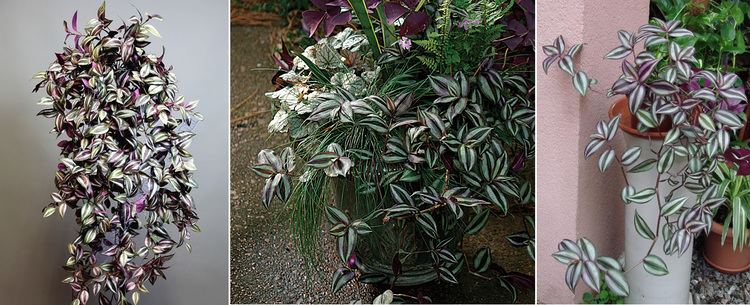Kingdom Plantae Family Commelinaceae Scientific name Tradescantia zebrina Rank Species | Order Commelinales Genus Tradescantia Higher classification Spiderwort | |
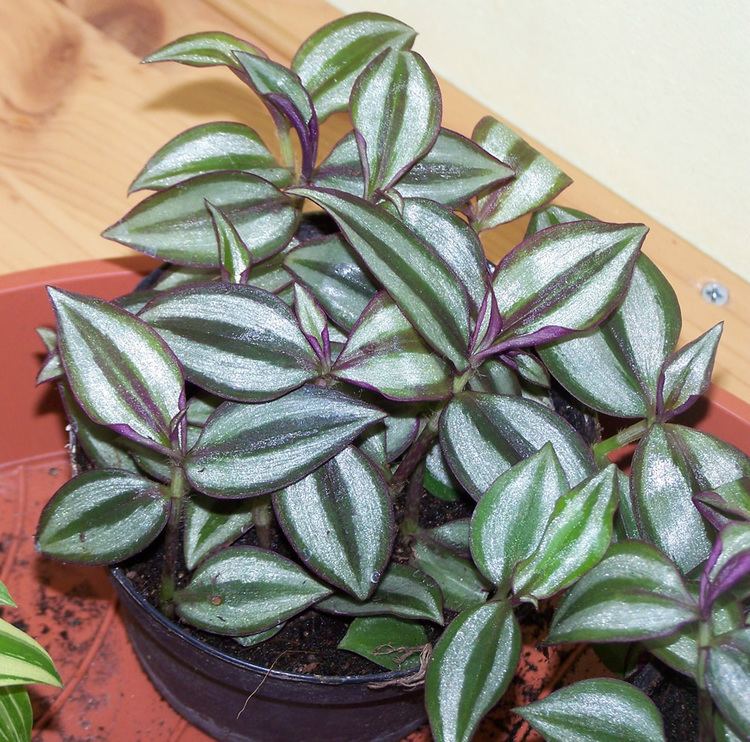 | ||
Similar Spiderwort, Tradescantia fluminensis, Commelinaceae, Tradescantia pallida, Tradescantia spathacea | ||
How to propagate tradescantia zebrina purple variety
Tradescantia zebrina, formerly known as Zebrina pendula, is a species of spiderwort more commonly known as an inchplant or wandering jew. The common name is shared with closely related varieties T. fluminensis and T. pallida. Tradescantia zebrina is native to Mexico, Central America and Colombia, and naturalized in parts of Asia, Africa, Australia, South America, and various oceanic islands.
Contents
- How to propagate tradescantia zebrina purple variety
- Tradescantia zebrina commelinaceae inch plant lambari
- Description
- Cultivation
- Medicinal
- Invasiveness
- References
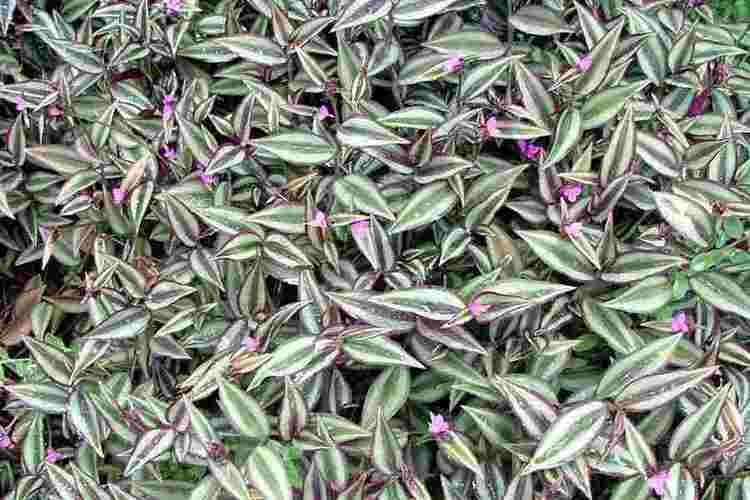
- Tradescantia zebrina var. flocculosa (G.Brückn.) D.R.Hunt - tropical Mexico, Guatemala, Honduras
- Tradescantia zebrina var. mollipila D.R.Hunt - tropical Mexico
- Tradescantia zebrina var. zebrina - most of Mexico from north to south, Central America, Colombia
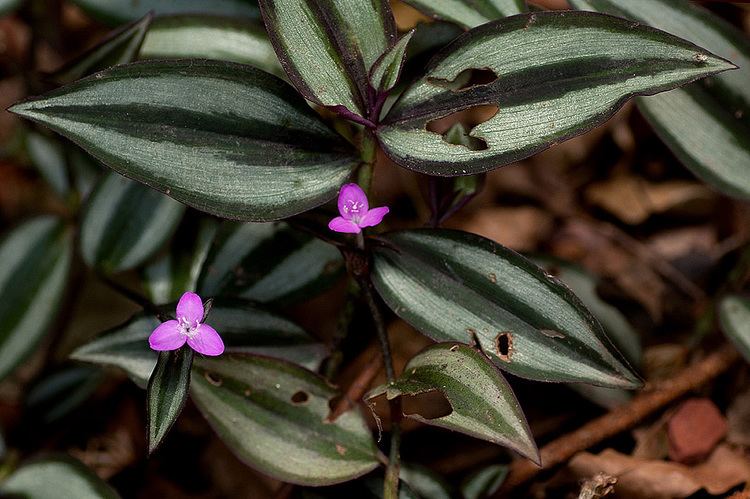
Tradescantia zebrina commelinaceae inch plant lambari
Description
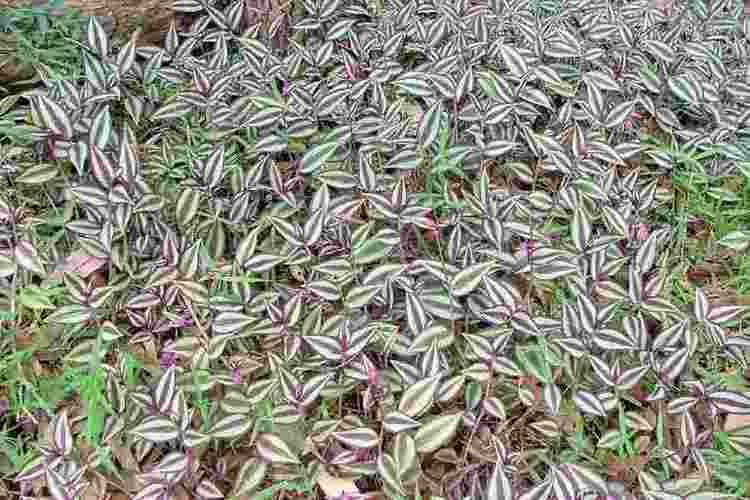
Tradescantia zebrina has attractive zebra-patterned leaves, the upper surface showing purple new growth and green older growth parallel to the central axis, as well as two broad silver-colored stripes on the outer edges, with the lower leaf surface presenting a deep uniform magenta.
Cultivation
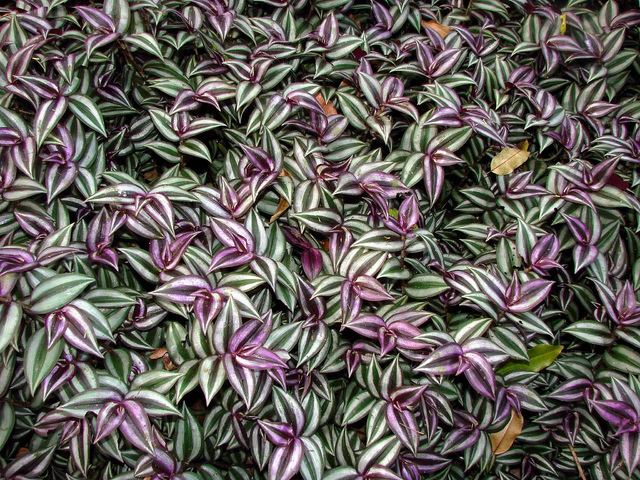
It is commonly available and used as a houseplant and groundcover. Propagated by cuttings, this plant can be moved or manipulated easily as its runners cling lightly to the ground (if used as cover). It tends to become an invasive species if not properly maintained.
This plant has gained the Royal Horticultural Society's Award of Garden Merit.
Medicinal

It is used in southeast Mexico in the region of Tabasco, as a cold herbal tea, which is named Matali. Skin irritation may result from repeated contact with or prolonged handling of the plant — particularly from the clear, watery sap (a characteristic unique to T. zebrina as compared with the other aforementioned types).
Invasiveness
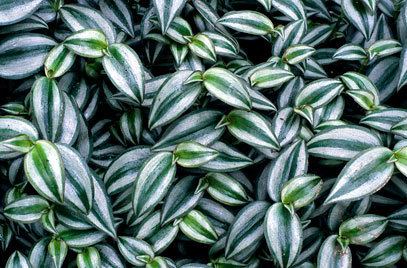
Classified as a Category 1b Invasive Species in South Africa, and thus in South Africa it may no longer be planted or propagated, and all trade in their seeds, cuttings or other propagative material is prohibited. They may not be transported or be allowed to disperse, both in rural and urban areas. It is also an invasive species in Galapagos Islands.
